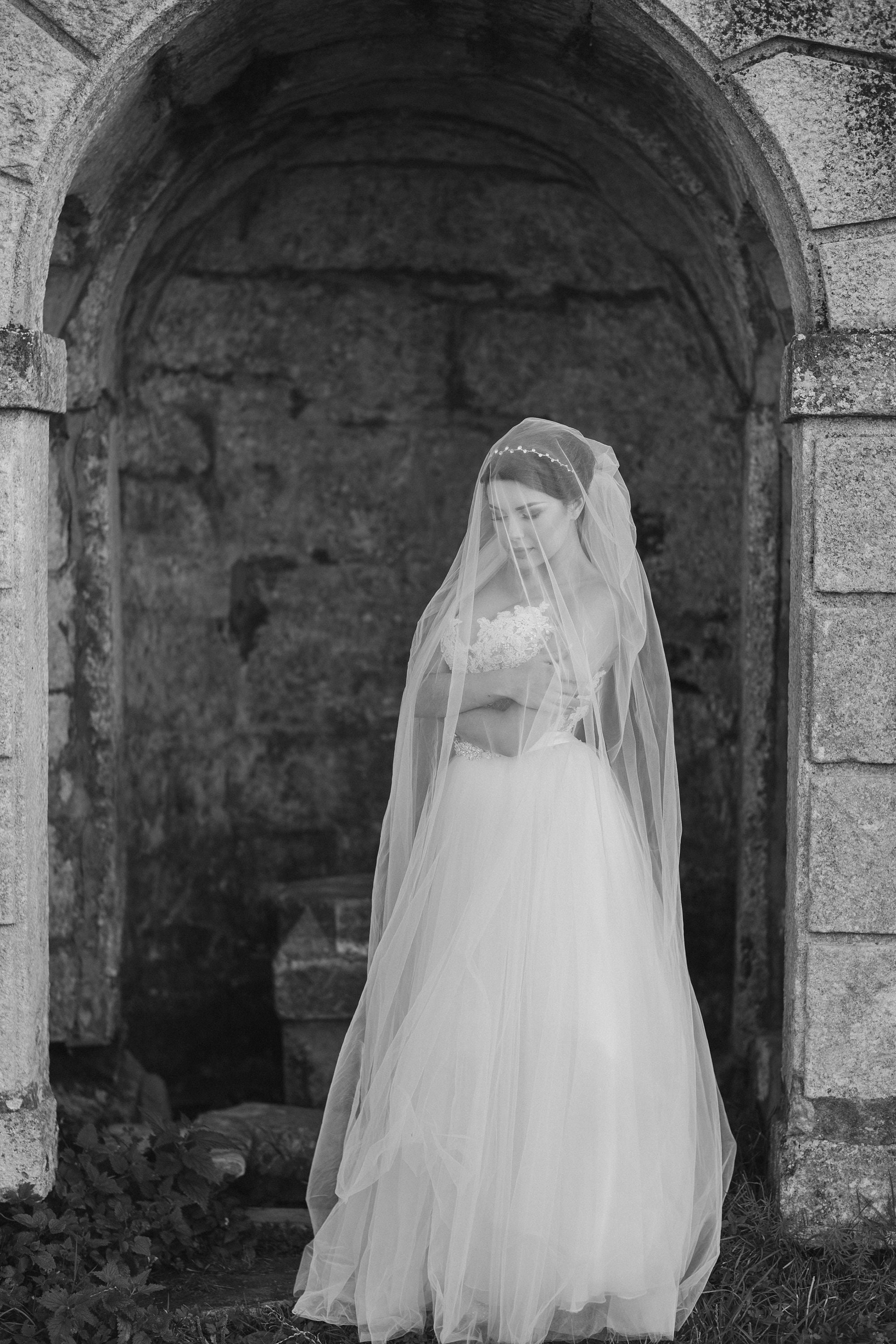The history of the wedding veil is rich and varied, with roots that stretch back thousands of years across different cultures. Here are some important milestones in its evolution:
- Ancient Traditions: The concept of a veil can be traced back to ancient civilizations. In ancient Rome, brides wore a "flammeum," a flame-colored veil, to symbolize their transition to married life and to protect them from evil spirits.
- Christian Symbolism: In medieval Europe, veils became associated with Christian marriage ceremonies. They symbolized modesty and purity, with the idea that the bride was to be presented to her groom.
- Royal Influence: In the 19th century, Queen Victoria’s wedding to Prince Albert popularized the white wedding dress, and veils became an essential part of bridal attire. The lace veil became particularly fashionable, symbolizing elegance and high social status.
- Cultural Variations: Different cultures have their own interpretations of bridal veils. For instance, in some cultures, veils are used to ward off evil spirits or to signify a bride’s transition into her new family.
- Modern Trends: Today, brides have a wide range of styles to choose from, from classic lace to swarovski crystal embellished, or minimalist designs. While some opt for traditional veils, others embrace contemporary alternatives or no veil at all.
Overall, the wedding veil has evolved from a symbol of modesty and protection to a versatile accessory that allows brides to express their personal style on their special day.
